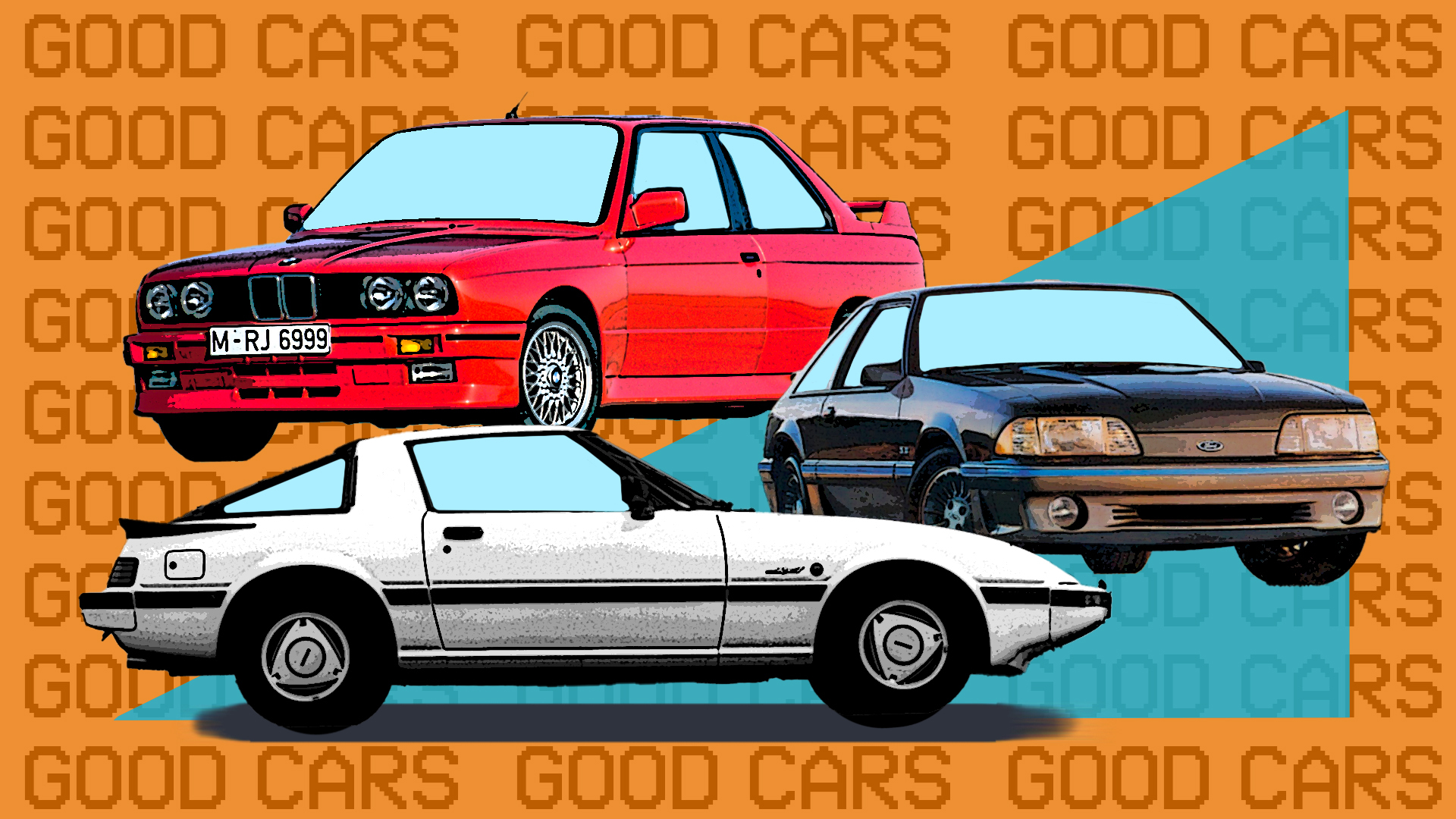

Quirks-and-features purveyor and holder of generally sensible car opinions Doug DeMuro antagonized the car community with a hot-take Motor Trend column this week titled: “Basically, No Good Cars Came From the 1980s.” As rage bait, it’s a good one. As a viable thesis … this ain’t it.
In the copy, DeMuro opens with the huge caveat that “the late 1980s were fine,” sort of invalidating his own headline. But anyway, it seems his issue is with years 1986 and prior. Further, he argues, the cool cars that existed between 1980-1986—the Volkswagen GTI, Porsche 930 Turbo, and Lamborghini Countach, to name a few—were not truly of the ‘80s as they debuted in the previous decade. Those goalposts are moving more than an inflatable tube man at a used car dealership, but I’ll allow it for the sake of argument.


Now, DeMuro’s entitled to his opinions, however wrong, and I’m allowed to respectfully rebut them. First, I take issue with his choice of horsepower as the yardstick for a car’s enthusiast credibility, as he does when criticizing the C4 Corvette, A60 Supra, and E21 BMW 3 Series. Most of us know that absolute power isn’t the be-all, end-all when it comes to driving enjoyment—otherwise, we’d all be driving Teslas and the Mazda Miata (DOB: 1989) wouldn’t be celebrating its 35th birthday. Driver engagement through low weight, communicative controls, and high-revving engines is much more important, qualities many ‘80s cars possess in spades.
Second, if DeMuro wants to exclude good cars of the early ’80s on the grounds that they had their roots in the ’70s, shouldn’t the same apply to the bad stuff, too? It’s true that some emissions-choked V8s persisted in the early 1980s, particularly in American cars. But they were more relics of 1970s tech than characteristic of the new decade. The C4 ‘Vette that debuted in 1984, which DeMuro chides for its 205-horsepower output at launch, is impossible to regard as anything but a massive step forward from the ancient C3 that hit its 175-hp nadir in 1978. Ditto the Fox Body Mustang to the abysmal Mustang II.
The 1980s were a time of tremendous technological development that not only created great cars in their own right, but paved the way for the cars of the ’90s and 2000s that we know and love. Here’s a short list of notable automotive developments and technologies that reached widespread adoption in the 1980s: electronic fuel injection, turbocharging, anti-lock braking systems, basic engine control units, the modern three-way catalytic converter, all-wheel drive, the unibody SUV as we know it, the Audi Quattro, Lancia 037 and Group B rally as a whole, the Bruno Sacco era of Mercedes-Benz design, box flares … shall I go on?

Put simply, the 1980s were when the modern car was born. Drive a well-sorted Honda CR-X, E30 BMW, or Porsche 944 today, and you’ll experience something remarkably competent on modern roads, just with a bit more of an analog edge. With a few exceptions—BMW 2002 and Datsun 240Z, I’m looking at you—the same cannot be said for most normal cars of the ’70s. I think that duality is what makes 1980s machines so attractive to younger enthusiasts: They’re old enough to be interesting, but not so old that they’re scary. I don’t want to fiddle with carburetors when I’m trying to get somewhere, but I appreciate an engine bay that’s simple and uncluttered when I’m wrenching.
Before I go, I’ll namecheck a few more early- and mid-’80s icons for the doubters out there: AW11 Toyota MR2, Buick Grand National, Jeep XJ Cherokee, Toyota AE86, Honda Prelude, Porsche 959, E28 BMW 5 Series and E24 6 Series, Mercedes W124 and W201, and the FC Mazda RX-7. An epic time for cars, no ifs, ands, or buts about it.
Got a tip? Send us a note: tips@thedrive.com